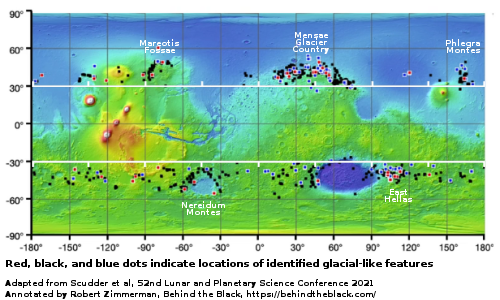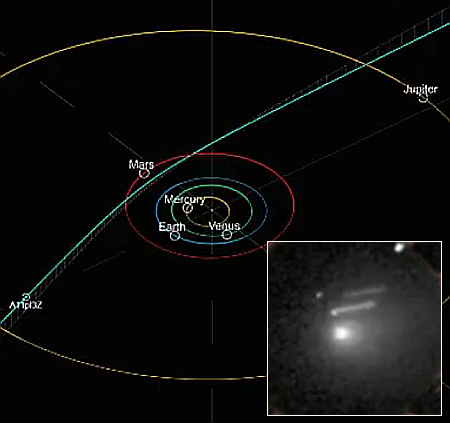July 24, 2025 Quick space links
Courtesy of BtB’s stringer Jay. This post is also an open thread. I welcome my readers to post any comments or additional links relating to any space issues, even if unrelated to the links below.
- Lockheed Martin is considering offering Orion for private manned commercial flights
The company would have to launch it on a different rocket, as no one except our spendthrift federal government can afford paying for an SLS launch. As Orion is overweight and very wide, it is not clear there is any other rocket available. I welcome my readers to chime in with their thoughts.
- On this day in 1950 the first rocket launch took place at Cape Canaveral
As the tweet notes, in the subsequent 75 years thousands of rockets have lifted off from there. And as I have noted repeatedly, these launches have done no measurable harm to environment, thus illustrating the utter absurdity of the heavy environmental red tape that the FAA and the federal government have imposed on new launch companies seeking to build launchpads.
Courtesy of BtB’s stringer Jay. This post is also an open thread. I welcome my readers to post any comments or additional links relating to any space issues, even if unrelated to the links below.
- Lockheed Martin is considering offering Orion for private manned commercial flights
The company would have to launch it on a different rocket, as no one except our spendthrift federal government can afford paying for an SLS launch. As Orion is overweight and very wide, it is not clear there is any other rocket available. I welcome my readers to chime in with their thoughts.
- On this day in 1950 the first rocket launch took place at Cape Canaveral
As the tweet notes, in the subsequent 75 years thousands of rockets have lifted off from there. And as I have noted repeatedly, these launches have done no measurable harm to environment, thus illustrating the utter absurdity of the heavy environmental red tape that the FAA and the federal government have imposed on new launch companies seeking to build launchpads.














